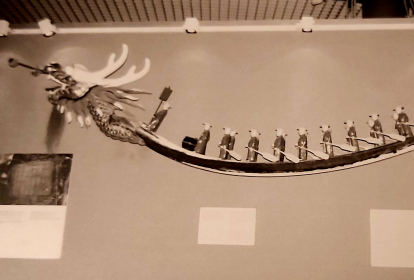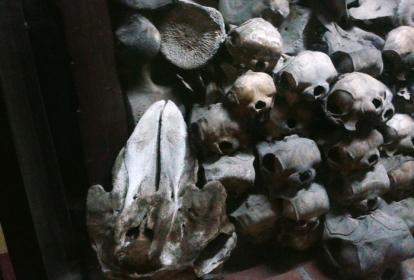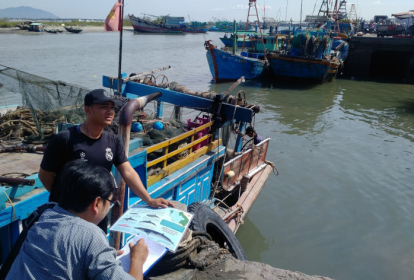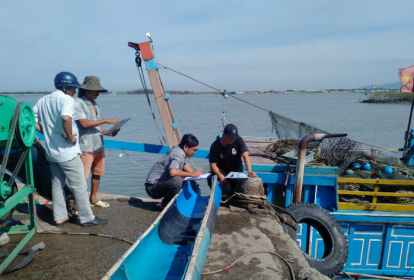Principal investigator: Lai Hong Yu
Funding year: 2016
Main objectives:
- Using various social media, identify markets where the availability of marine mammals appears high or consistent in southern China/northern Vietnam;
- Conduct semi-structured interviews in these identified areas;
- Compare online data to the data collected in the market survey and interviews;
- Assess the usefulness of social media as a tool for identifying areas where there may be a high volume or regular incidence of marine mammal availability in areas of coastal China and northern Vietnam;
- Provide these data to the relevant mainland China and Vietnamese authorities to assist management in conjunction with the “IWC Task Team”, if appropriate.
Main Outcomes:
- Online searches were conducted regularly between May 2015 and October 2017. 148 reports were identified based on the search criteria, of which 85 (57.4%) contained original content. The average number of reports per incident was 1.76 (± 1.31 S.D.), but ranged from 1 to 7. The publication dates of these reports covered a continuous period of 15 years from 2003 to 2017, with the exception of one report published in 1995.
- Reports came from 7 different sources, ranging from social media (e.g. blogs, forums, microblogs) to news media (e.g. government websites, online newspapers). The majority of reports came from online newspapers (65.9%), followed by forums (14.1%) and microblogs (10.59%). Incidents were reported in 14 of the 33 first-level administrative divisions of China, 9 of which were coastal.
- Species were identified from imagery in 69 reports (81.2%). Overall, 7 species were reported;
- Neophocaena sp.; both N. asiaeorientalis and N. phocanoides
- Tursiops sp.; both T. truncatus and T. aduncus.
- Sousa chinensis
- Stenella longirostris
- Steno bredanensis
- The most commonly and widely reported species was the narrow-ridged finless porpoise (Neophocaena asiaeorientalis) (47.1%), followed by Indo-Pacific finless porpoise (Neophocaena phocanoides) (8.2%);
- Acquisition, as defined by Robards & Reeves (2011), could only be determined for 13 reports (15.3%), the most commonly reported being “Non-Targeted Salvage”
- The use (or intended use) of cetaceans could be determined for 76 reports (89.4%), within which the most commonly reported use was Consumption (96.1%). One report documented use of oil from a narrow-ridged finless porpoise for the treatment of burns;
- It was extremely challenging eliciting information from Chinese coastal fish market vendors, even though local interviewers were used and conducted the interviews as part of a wider port survey;
- In Vietnam, almost all respondents (n=48) indicated they had seen a marine mammal (97.9%)
either whilst fishing (83%) or travelling to fishing areas (76.6%). Only one tenth of respondents (10.6%) indicated they encountered marine mammals caught in nets. When asked if other community members incidentally caught marine mammals, ~29% of respondents indicated they knew of members within their own community and in other communities that had caught marine mammals; - In Vietnam, respondents indicated that accidentally caught marine mammals would be released alive (92.7%), discarded dead (31.7%), eaten (29.4%), taken to a whale temple (17.2%) or sold (4.9%).
Reports/Papers:
Final report to follow





